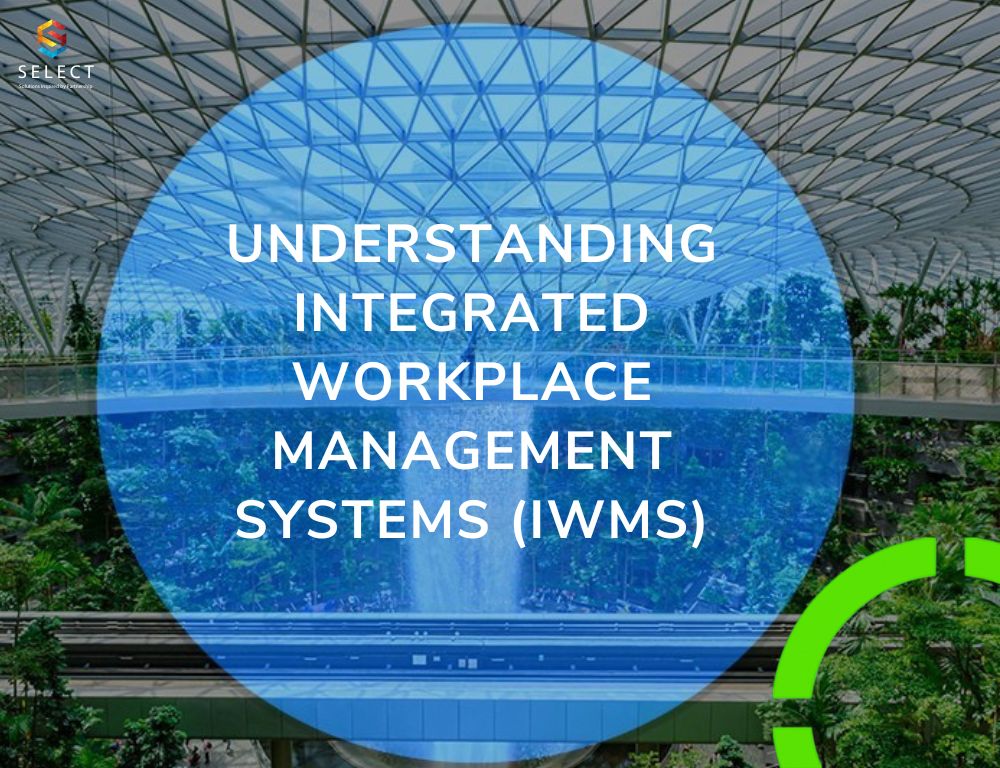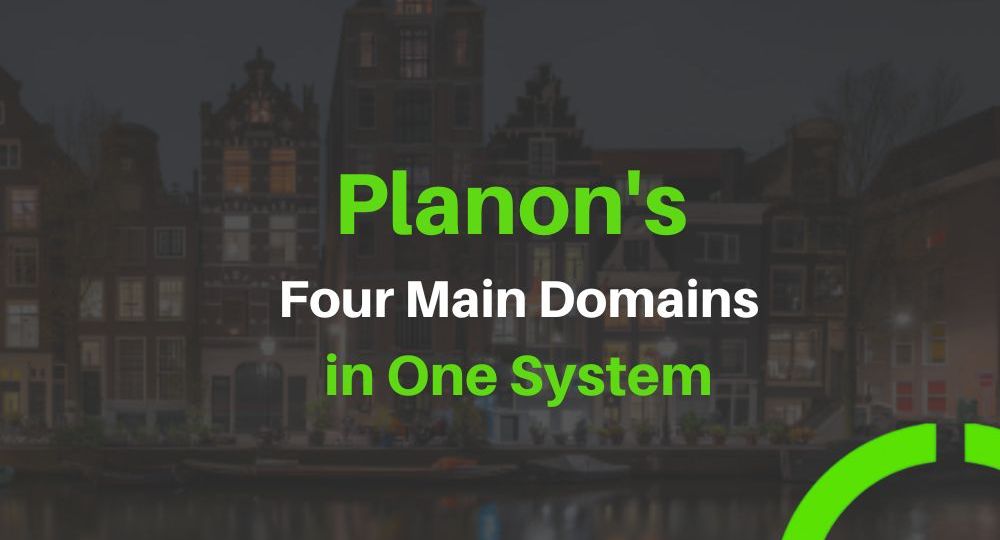In today’s fast-paced business environment, managing facilities and workplaces has become increasingly complex. Organizations are seeking integrated solutions that can streamline operations, enhance efficiency, and drive better decision-making. This is where Integrated Workplace Management Systems (IWMS) come into play. The future of IWMS is promising, with trends indicating a move towards more unified, data-driven, and flexible solutions. In this blog, we will explore the concept of IWMS, discuss its benefits, and provide a comprehensive definition while highlighting Planon’s role in revolutionizing workplace management through its advanced Planon IWMS analytics.
IWMS Definition
Asset lifecycle management (ALM) covers the entire journey of an asset, from acquisition to disposal. The stages include planning, acquisition, deployment, operation, maintenance, and retirement. Effective ALM ensures that assets are utilized efficiently, maintained appropriately, and disposed of responsibly. This comprehensive approach helps organizations maximize the return on investment (ROI) for their assets while minimizing operational costs.
The All-in-One Advantage of IWMS
One of the most compelling aspects of IWMS is its ability to integrate all critical facility management functions into a single system. Many organizations struggle with having disparate systems for real estate, maintenance, space management, and sustainability. This fragmentation can lead to inefficiencies, increased costs, and difficulties in obtaining a comprehensive view of operations. IWMS addresses these challenges by offering an all-in-one solution.
Centralized Data Management
By consolidating all facility data into one system, IWMS ensures easy access and improved decision-making. This centralization eliminates the need to juggle multiple systems and reduces the risk of data silos.
Integrated Reports and Dashboards
An integrated IWMS provides comprehensive reports and dashboards that consolidate data from all modules. This integration allows for real-time analytics and insights that would be impossible to achieve with multiple, disconnected systems. Here are some examples of how integrated reports and dashboards can be transformative:
Real Estate and Asset Management Insights
Combining data from the real estate module and asset management provides insights into property performance and asset utilization. For example, a dashboard can show the correlation between property occupancy rates and the condition of assets within those properties. This can help prioritize maintenance for high-traffic areas, ensuring assets are well-maintained where they are most needed.
Facility Management with Asset Management
Integrated reports can highlight how maintenance activities impact overall facility performance. By analyzing data on asset downtime, maintenance costs, and facility operations, managers can identify trends and inefficiencies. For instance, a report could reveal that certain assets repeatedly fail, leading to costly repairs and operational disruptions. This insight enables proactive measures such as upgrading or replacing problematic assets.
Asset management with sustainability insights
IWMS dashboards can integrate asset performance data with sustainability metrics, providing a comprehensive view of an organization’s environmental impact. For example, a dashboard might show energy consumption trends for different assets, identifying which equipment is the least energy-efficient. This allows organizations to target upgrades or replacements that will have the greatest impact on reducing their carbon footprint.
Real-time Analytics
With all data housed in a single system, IWMS provides comprehensive real-time analytics. This enables better space planning, optimized resource utilization, and informed decision-making. Real-time data allows organizations to respond quickly to changes and make proactive decisions to improve efficiency and performance.
Scalability
An integrated system like IWMS can easily adapt to the growing needs of any organization. This scalability ensures long-term usability and supports organizational growth. As organizations expand, IWMS can accommodate new facilities, assets, and employees without the need for significant additional investment.
User-Friendly Interface
Designed for ease of use, IWMS reduces the learning curve and increases adoption rates among users. A unified interface means that staff only need to learn one system rather than multiple separate ones. This simplification enhances user experience and ensures that employees can quickly become proficient with the system.
Benefits of IWMS
Implementing an IWMS offers a range of benefits that enhance the efficiency and effectiveness of facility management.
Enhanced Efficiency and Productivity
By integrating various functions into a single platform, IWMS eliminates data silos and streamlines processes. This leads to more efficient use of resources, reduced duplication of effort, and faster response times. For instance, with Planon IWMS analytics, organizations can track real-time data across different departments, enabling quicker and more informed decision-making.
Cost Savings
IWMS helps organizations achieve significant cost savings by optimizing resource allocation and reducing operational expenses. With integrated maintenance and asset management, for example, organizations can implement preventive and predictive maintenance strategies, reducing downtime and extending the life of assets. Planon’s IWMS trends show that companies using these systems can reduce maintenance costs by up to 20%.
Improved Space Utilization
Effective space management is a critical component of IWMS. Organizations can analyze how space is utilized, identify underutilized areas, and make data-driven decisions to optimize their workspace. Planon’s workplace management innovations include advanced space planning tools that help organizations maximize the efficiency of their work environments, adapting to changing needs such as the rise of hybrid work models.
Sustainability and Energy Efficiency
Sustainability is becoming increasingly important for organizations worldwide. IWMS provides tools for monitoring and improving energy efficiency, reducing carbon footprints, and achieving sustainability goals. Planon IWMS includes comprehensive energy management features, allowing organizations to track energy consumption, identify inefficiencies, and implement corrective measures.
Enhanced Decision Making
A major advantage of IWMS is the ability to make data-driven decisions. By providing a unified source of truth, IWMS ensures that all stakeholders have access to accurate and up-to-date information. Detailed insights into various operational aspects, from space utilization to maintenance performance, asset and maintenance management, and energy consumption, empower organizations to make informed decisions.
Success Stories and Case Studies
A retail chain implemented Planon’s inventory tracking solutions and saw a significant reduction in stockouts and overstock situations. Another case study from the automotive industry demonstrated how Planon helped streamline parts inventory, leading to faster service times and increased customer satisfaction.
Conclusion
Planon’s comprehensive management of assets and inventory provides organizations with the tools and insights needed to optimize their operations. By effectively managing asset lifecycles, vendor relationships, warranties, and inventory, organizations can achieve significant improvements in efficiency, cost savings, and overall performance. Planon’s solutions are designed to meet the evolving needs of modern businesses, ensuring they stay competitive and well-prepared for future challenges.
Ready to revolutionize your asset and inventory management? Explore how Planon’s comprehensive solutions can drive efficiency, sustainability, and innovation in your organization. Contact us today to schedule a demo and see Planon’s capabilities in action. Don’t miss out on the latest trends and innovations in asset and inventory management that can take your business to the next level. Visit our website to learn more and start your journey towards smarter asset and inventory management with Planon.
FAQ
1. How does Planon enhance asset lifecycle management?
Planon enhances asset lifecycle management by providing tools for detailed tracking, condition monitoring, and maintenance scheduling. These features ensure optimal asset utilization and extended asset life
2. What modules are included in Planon’s Software?
Planon Software includes modules for real estate management, asset and maintenance management, space and workplace management, and sustainability and energy management.
3. How does Planon’s Integrated System improve data accuracy?
By centralizing data management, Planon ensures that all information is consistent, up-to-date, and easily accessible, leading to better decision-making and reporting.
4. What are the benefits of using Planon’s vendor management solution?
Using Planon’s vendor management software helps organizations streamline vendor interactions, monitor performance, ensure compliance with contracts, and achieve better service quality and cost savings.




